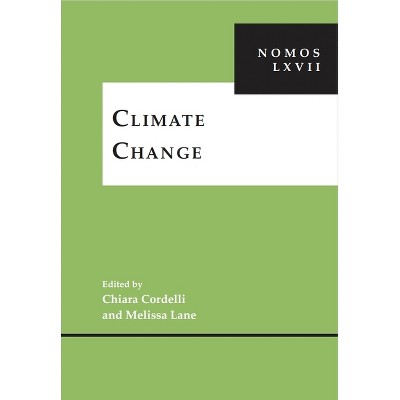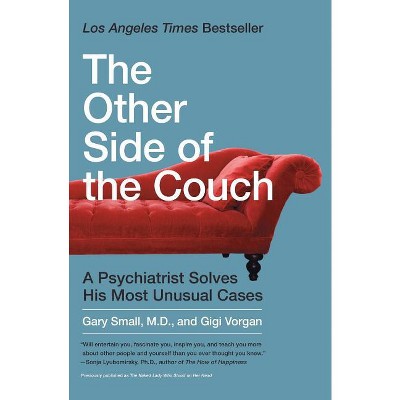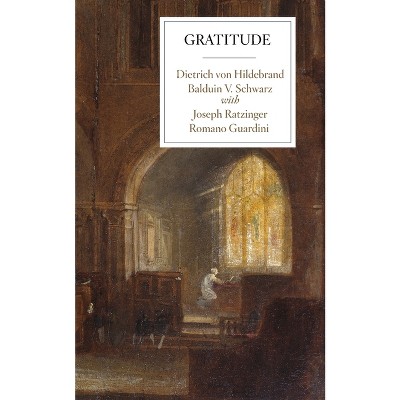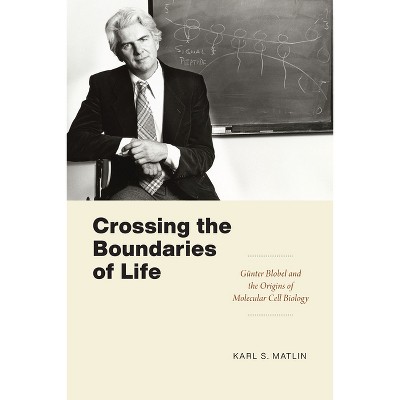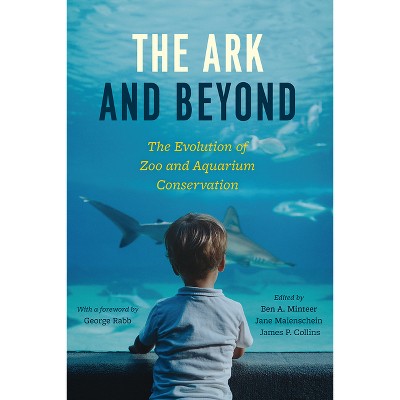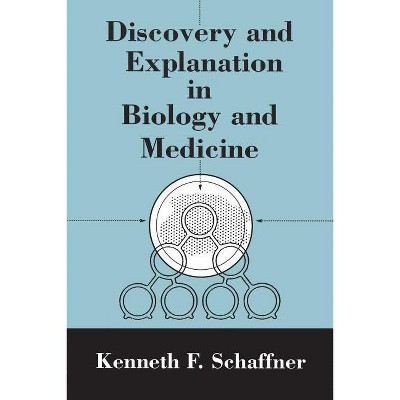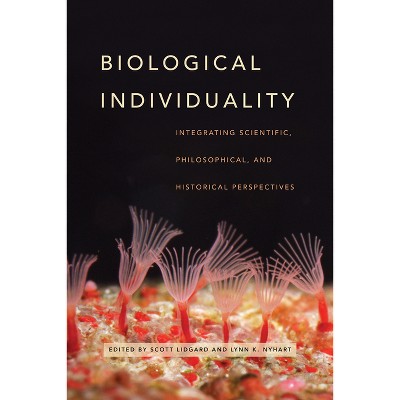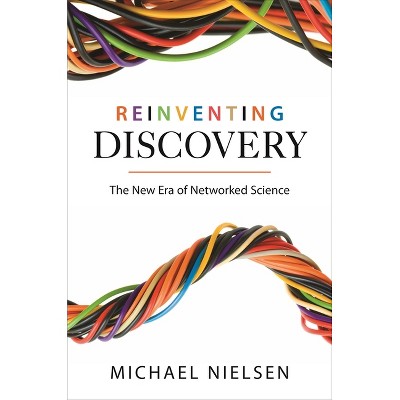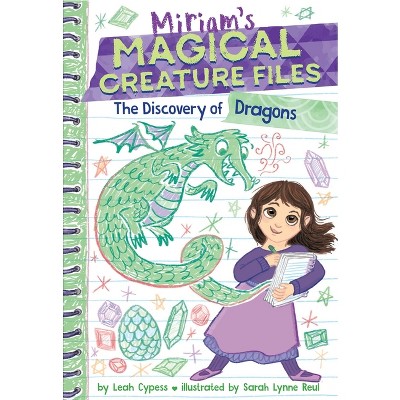Sponsored

How Does Germline Regenerate? - (Convening Science: Discovery at the Marine Biological Labora) by Kate Maccord (Paperback)
$26.00
In Stock
Eligible for registries and wish lists
Sponsored
About this item
Highlights
- A concise primer that complicates a convenient truth in biology--the divide between germ and somatic cells--with far-reaching ethical and public policy ramifications.
- About the Author: Kate MacCord is a teaching assistant professor in the School of Life Sciences at Arizona State University and the program administrator of the McDonnell Initiative at the Marine Biological Laboratory, where she also serves as the McDonnell Fellow.
- 176 Pages
- Science, Philosophy & Social Aspects
- Series Name: Convening Science: Discovery at the Marine Biological Labora
Description
About the Book
"Scientists have long held that we two have kinds of cells-germ and soma. Make a change to germ cells-say using genome editing-and that change will appear in the cells of future generations. Somatic cells are "safe" after such tampering; modify your skin cells, and your future children's skin cells will never know. And, while germ cells can give rise to new generations (including all of the somatic cells in a body), somatic cells can never become germ cells. How did scientists discover this relationship and distinction between somatic and germ cells-the so-called Weismann Barrier-and does it actually exist? Can somatic cells become germ cells in the way germ cells become somatic cells, that is, can germ cells regenerate from somatic cells even though conventional wisdom denies this possibility? Covering research from the late nineteenth century to the 2020s, historian and philosopher of science Kate MacCord explains how scientists came to understand and accept the dubious concept of the Weismann Barrier and the profound implications this convenient assumption has for research and policy, including on topics such as genome editing, stem cell research, and much more"--Book Synopsis
A concise primer that complicates a convenient truth in biology--the divide between germ and somatic cells--with far-reaching ethical and public policy ramifications. Scientists have long held that we have two kinds of cells--germ and soma. Make a change to germ cells--say using genome editing--and that change will appear in the cells of future generations. Somatic cells are "safe" after such tampering; modify your skin cells, and your future children's skin cells will never know. And, while germ cells can give rise to new generations (including all of the somatic cells in a body), somatic cells can never become germ cells. How did scientists discover this relationship and distinction between somatic and germ cells--the so-called Weismann Barrier--and does it actually exist? Can somatic cells become germ cells in the way germ cells become somatic cells? That is, can germ cells regenerate from somatic cells even though conventional wisdom denies this possibility? Covering research from the late nineteenth century to the 2020s, historian and philosopher of science Kate MacCord explores how scientists came to understand and accept the dubious concept of the Weismann Barrier and what profound implications this convenient assumption has for research and policy, from genome editing to stem cell research, and much more.Review Quotes
"Conventional wisdom dictates that germ cells and somatic cells are distinct entities and that although germ cells can give rise to somatic cells, somatic cells cannot give rise to germ cells. In How Does Germline Regenerate?, the author traces the origin of this notion called the Weismann barrier. . . . The book is a tour-de-force synthesis of the history of science, stem cell biology, evo-devo, and gene editing. The conciseness and the clarity of writing stand out and make this primer an accessible and interesting read for anyone, including those who are unfamiliar with these topics. The volume also offers a stark reminder of the importance of tracing the origins of ideas and critically examining assumptions in biology."-- "The Quarterly Review of Biology"
"How does a cell in a developing animal embryo know what to become? The classic answer is that as changes to developing cells are made during repeated divisions, daughter cells progressively narrow their possible fates. Recent identification of stem cells in both developing and adult organisms has questioned this notion by showing that cells are far more plastic in their eventual fates than previously thought: cells of one type may become another if conditions permit. But is this true of every cell type, even germ cells? Germ cells have long been considered fundamentally different from somatic (body) cells, as they carry only half the DNA of somatic cells. MacCord, a philosopher of science, argues persuasively that it is time to challenge the long-held assumption of a barrier between somatic cells and germ cells. Every animal clade, she shows, can shape somatic cells into the cells of a germline. This finding has profound practical consequences for both stem cell therapies and gene-editing technologies such as CRISPR. MacCord presents a well-reasoned argument built on solid historical and scientific analysis, yet accessible to almost every curious reader. Highly recommended."-- "Choice"
"Short, nicely written and accessible. . . . MacCord's book convincingly shows that the Weismann barrier is a more normative than empirical claim. By revisiting both well-known and lesser-known episodes in the history of germ cell science, she demonstrates that both scientific consensus and the evidence in favour of the Weismann barrier were, and are, less straightforward than is commonly believed. . . . A serious and competent analysis of a topic that has not received the attention it deserves. . . . Germ cell science is extremely important and has a tremendous impact on many sensitive branches of medicine and the life sciences. MacCord's book opens a seminal and large window on this too often neglected world. Hopefully more studies will follow in her footsteps."-- "The British Journal for the History of Science"
"Excellent. A truly original take on the history of the Weismann Barrier and how it developed into a questionable assumption that forms the basis of various modern concepts about germ cells and regeneration."--Hanna Lucia Worliczek, Max Planck Institute for the History of Science, Berlin
"We need to see regeneration as a window into the world of biology in general, and the complex feedback loops that decide what grows, divides and dies, where and when."--Simon Ings "New Scientist, on "What Is Regeneration?""
About the Author
Kate MacCord is a teaching assistant professor in the School of Life Sciences at Arizona State University and the program administrator of the McDonnell Initiative at the Marine Biological Laboratory, where she also serves as the McDonnell Fellow. She is coauthor of What Is Regeneration?, also published by the University of Chicago Press.Dimensions (Overall): 8.5 Inches (H) x 5.5 Inches (W) x .4 Inches (D)
Weight: .5 Pounds
Suggested Age: 22 Years and Up
Number of Pages: 176
Genre: Science
Sub-Genre: Philosophy & Social Aspects
Series Title: Convening Science: Discovery at the Marine Biological Labora
Publisher: University of Chicago Press
Format: Paperback
Author: Kate Maccord
Language: English
Street Date: January 9, 2024
TCIN: 1006099917
UPC: 9780226830513
Item Number (DPCI): 247-49-8790
Origin: Made in the USA or Imported
If the item details aren’t accurate or complete, we want to know about it.
Shipping details
Estimated ship dimensions: 0.4 inches length x 5.5 inches width x 8.5 inches height
Estimated ship weight: 0.5 pounds
We regret that this item cannot be shipped to PO Boxes.
This item cannot be shipped to the following locations: American Samoa (see also separate entry under AS), Guam (see also separate entry under GU), Northern Mariana Islands, Puerto Rico (see also separate entry under PR), United States Minor Outlying Islands, Virgin Islands, U.S., APO/FPO
Return details
This item can be returned to any Target store or Target.com.
This item must be returned within 90 days of the date it was purchased in store, shipped, delivered by a Shipt shopper, or made ready for pickup.
See the return policy for complete information.
Frequently bought together
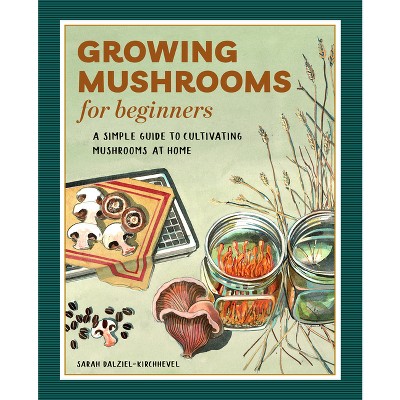
$8.49
MSRP $14.99
Buy 1, get 1 50% off select books
2 out of 5 stars with 1 ratings
Trending Non-Fiction

$15.68
Buy 1, get 1 50% off select books
4.8 out of 5 stars with 208 ratings

Highly rated
$19.31
was $20.98 New lower price
Buy 1, get 1 50% off select books
3.9 out of 5 stars with 71 ratings

$18.28
was $19.58 New lower price
Buy 1, get 1 50% off select books
4.7 out of 5 stars with 17 ratings

$4.59
MSRP $7.99
Buy 1, get 1 50% off select books
4.8 out of 5 stars with 125 ratings

$6.20
MSRP $10.95
Buy 1, get 1 50% off select books
4.8 out of 5 stars with 33 ratings

$7.09
MSRP $9.99
Buy 1, get 1 50% off select books
4.9 out of 5 stars with 46 ratings

